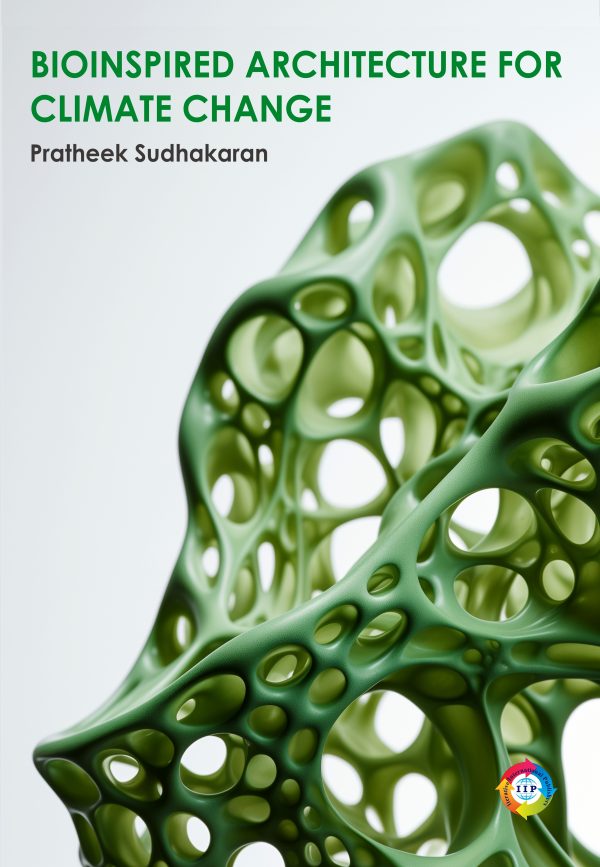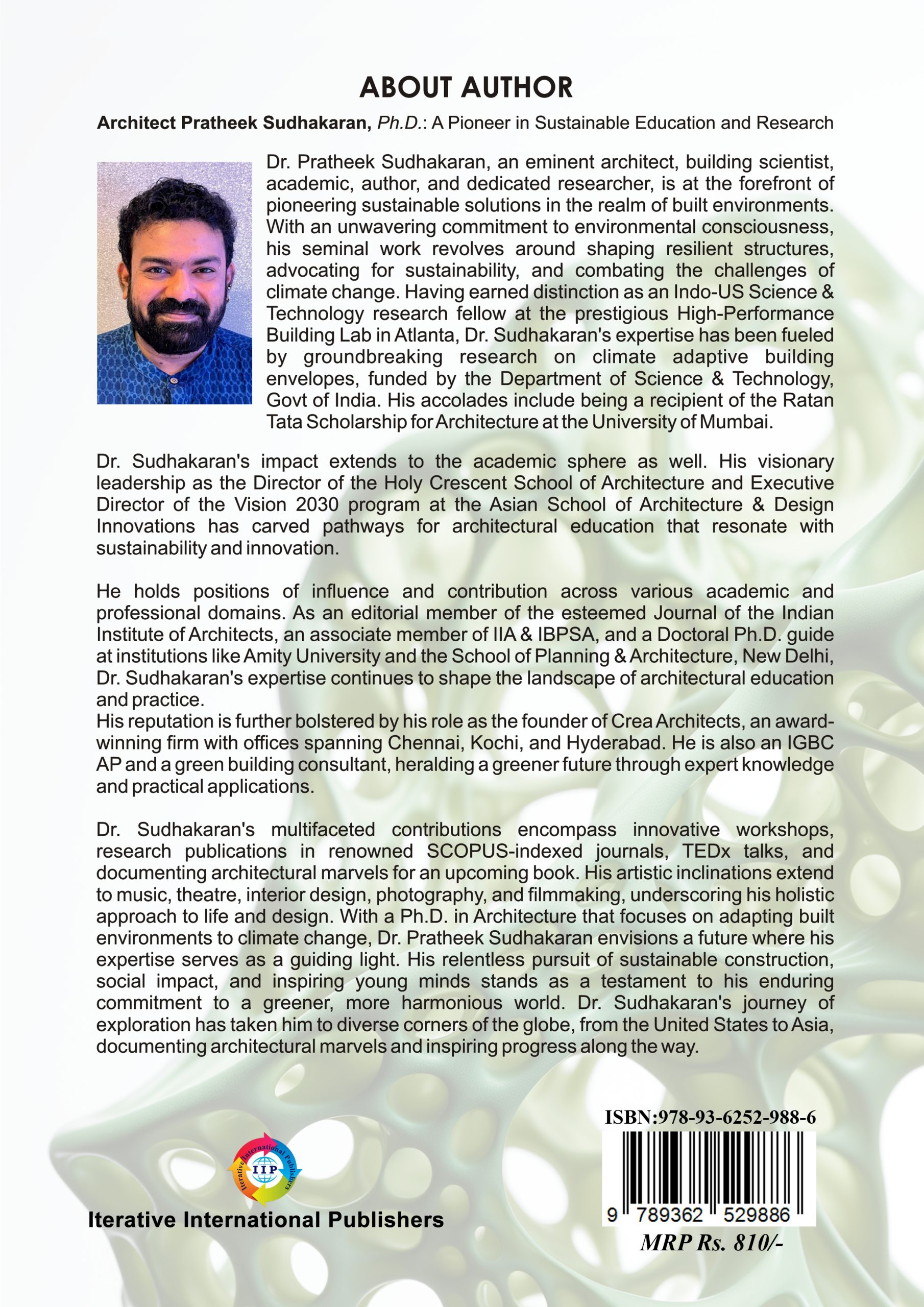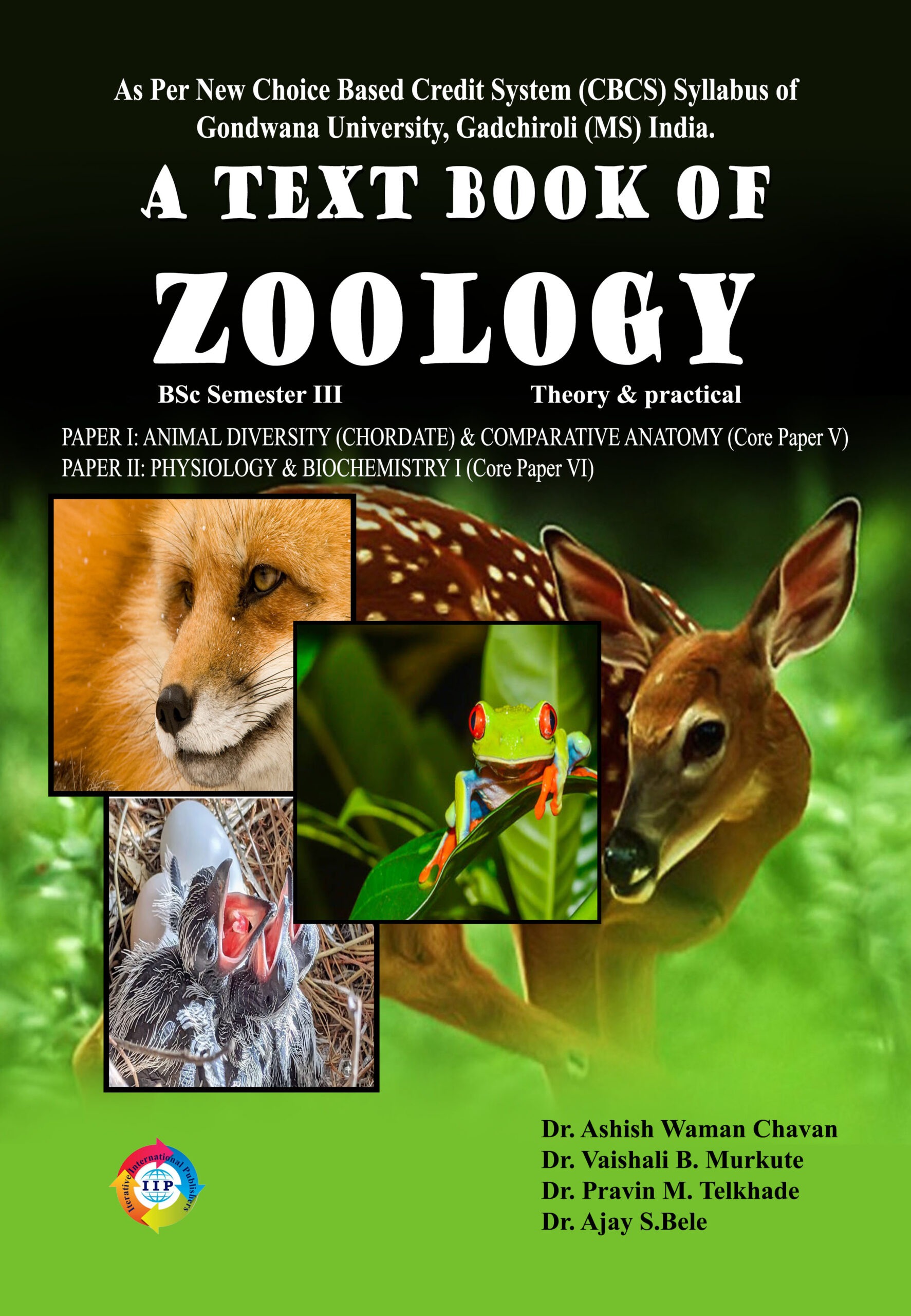Climate change is acknowledged as a certainty of our times; irrespective of the causes determining it – anthropogenic actions or natural events. The impact it has on the planet varies from micro to macro environments. There is a significant scientific agreement that climate change influences different bio-geochemical cycles on the planet such as the carbon, water and the oxygen cycles. Several physio-chemical and natural variables of the planet are affected adversely due to this, which then contribute towards extreme weather conditions including temperature extremes, heat waves, sea level rise, heavy rainfall, tropical cyclones, tornadoes and droughts. Is our built environment prepared to adapt to such changes in the environment and what are we doing towards the mitigation efforts to the causes of climate change?
Recent literature establishes that the construction industry is accountable for more than 45% of total worldwide carbon emissions. A vast consumption of energy is attributed to the construction, manufacturing of materials, heating and cooling, maintenance, lighting and demolition of buildings worldwide and that has a significant role to play in climate change. The majority of energy consumed by the construction industry is produced by non-renewable methods, contributing to the emissions causative to climate change. There is an enormous gap in the understanding that exists on how these emissions from the construction sector can be dealt with and at the same time how the built environment can adapt and acclimatize to various changes in the external environmental conditions. Filling these gaps would require assimilation of recognized knowledge, advanced research towards establishing adaptive design methodologies, implementation of innovative technologies and most of all the application of multi-disciplinary investigations.
Hence, in this context, advances in architectural design could play a significant role towards the mitigation of climate change and adapt to the changing environmental parameters.
This book is a pursuit of solutions towards a more sustainable built environment, where significant lessons can be derived from the study of various adaptive natural organisms, behaviour and systems. Throughout the 3.8 billion years of existence of the Earth, nature has always endured and evolved to varying environments without exhausting its resources and without disrupting the balance of its bionetwork and surrounding environment. Taking into account the threats of planetary alterations that we now face, architectural design of the built environment can be inspired by the ‘adaptive’ approach of Nature. This could offer a framework and methodology for generating concepts for advanced ‘adaptive’ architectural design. Nature is a variety of interconnected and symbiotic adaptations. Various organisms and eco-systems evolve to adapt to environmental changes without producing hazardous wastes, with no long-lasting toxic materials used and by and large by utilizing the current solar income.
Taking advantage of strategies found in nature this book would enable architects to generate design concepts for bio-inspired climate adaptive building envelopes that use natural energy resources and the physical effects of the surrounding environment to create integrated, synergistic, economical designs. This research has been limited to four main parameters of the adaptive building envelope: thermoregulation, ventilation, light modulation and water management.
“From my designer’s perspective, I ask: Why can’t one design a building like a tree? A building that makes oxygen fixes nitrogen sequesters carbon, distils water, builds soil, accrues solar energy as fuel, makes complex sugars and food, creates microclimates, changes colours with the seasons and self-replicates. This is using nature as a model and a mentor, not as an inconvenience. It is a delightful prospect…”









Reviews
There are no reviews yet.